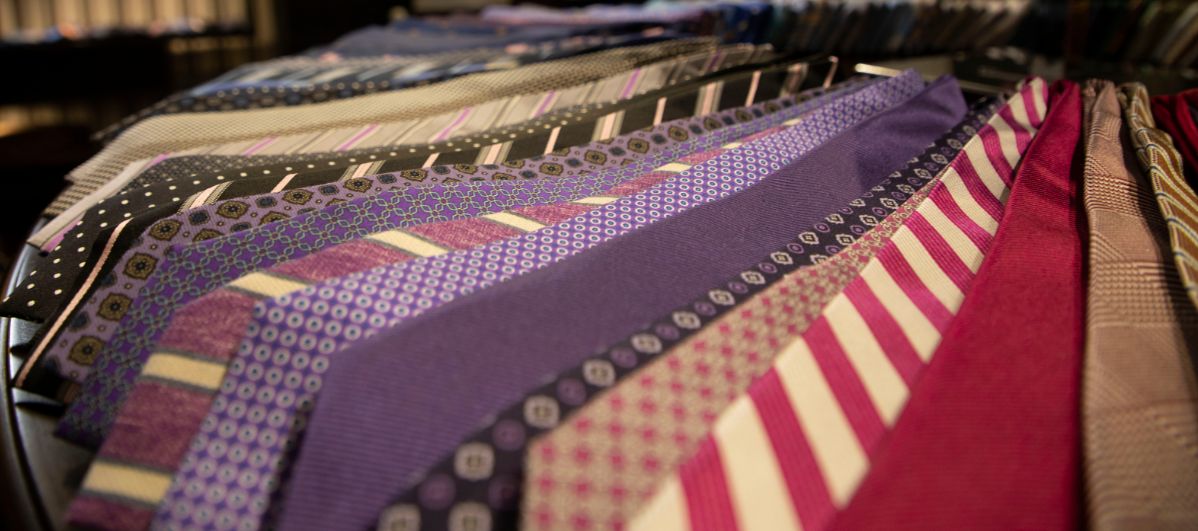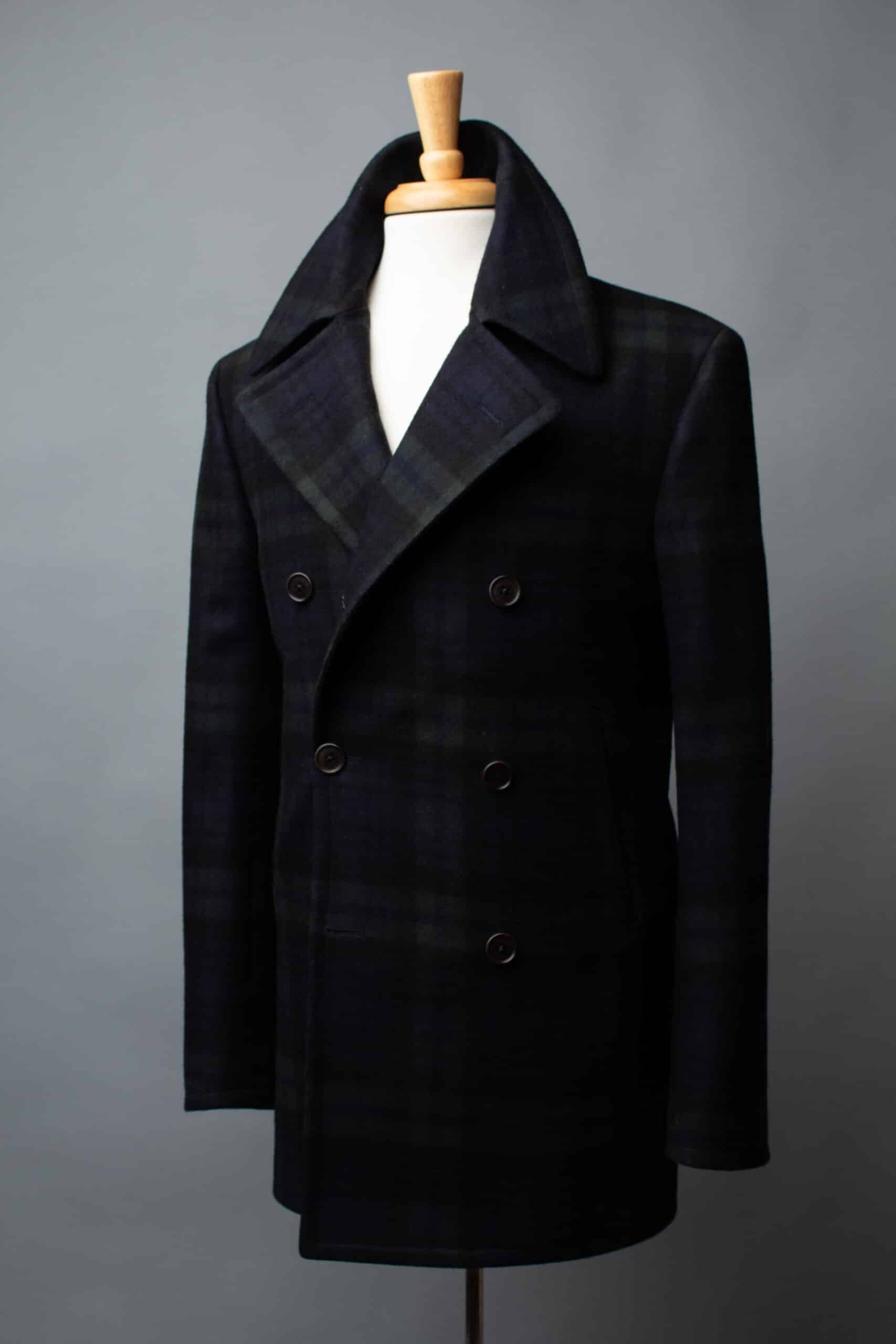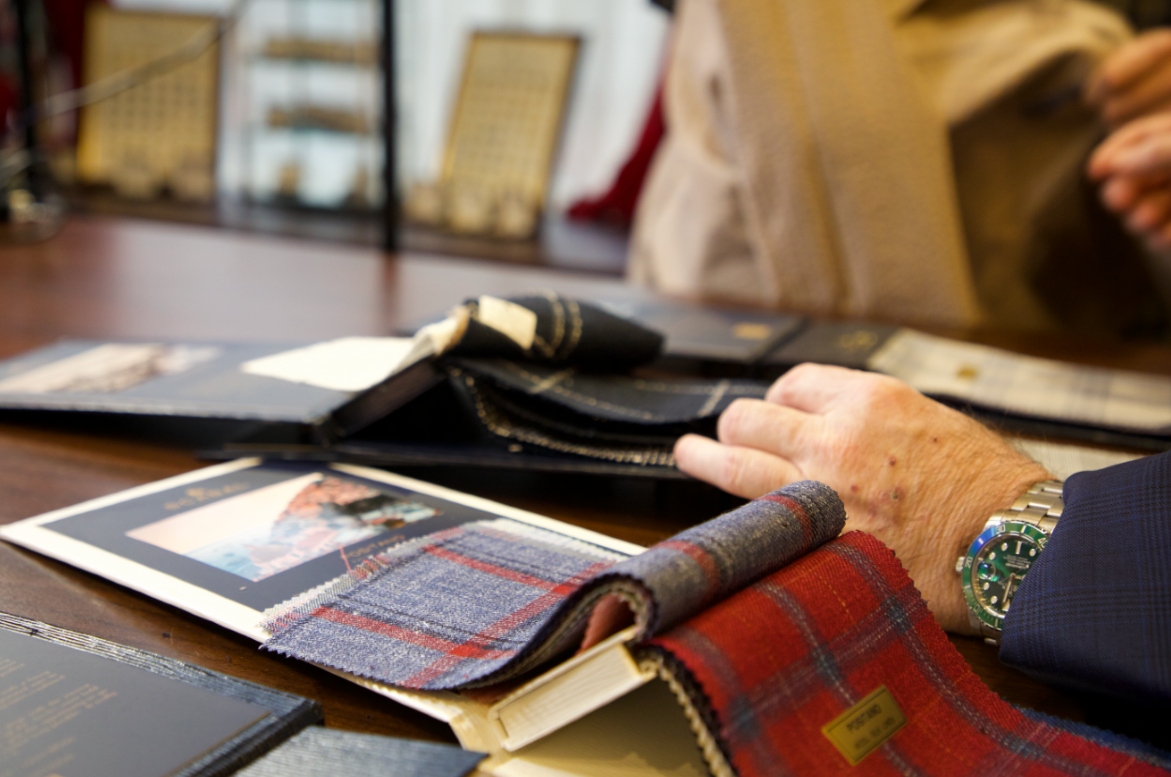Human behavior is fascinating, particularly body language. Why do we use the physical greetings we do? Without context, things like handshakes or hugs seem arbitrary. Why shake hands or bow to greet someone instead of something seemingly random, like gently bumping foreheads?
As Philadelphia’s top image consultants, we seek to understand the answer to this question, for both our own benefit and that of our clients. Today, we’ll talk about the history of the handshake, its modern application, and other physical greetings we use.
Handshakes & Body Language
 A handshake is a form of non-verbal communication, or body language. In Western, pre-COVID modern society, we use handshakes every day, often multiple times a day. What message does it communicate?
A handshake is a form of non-verbal communication, or body language. In Western, pre-COVID modern society, we use handshakes every day, often multiple times a day. What message does it communicate?
Just as words have etymological history, so do physical gestures’ meanings. Knowing the history of the handshake helps shed light on what it means and why we use it.
Handshake History
Humans have shaken hands for thousands of years, dating back to 5th-century B.C.E. Greece. It was a way to communicate peacefulness – extending an empty hand was a pretty direct way of saying, “I’m not holding a weapon, so I’m not going to hurt you.” As the practice unfolded in Rome, it was more of a forearm grab. The intent? Make sure the person you’re greeting wasn’t carrying a knife in his sleeve.
The act of physically shaking the hand, not just extending it, supposedly comes from medieval Europe. Knights supposedly would take someone’s hand and shake it to make any loosely hidden weapons fall to the ground.
Modern Handshaking & Other Gestures of Greetings
 Nowadays, we shake hands with brand new acquaintances, at business meetings, or to signify agreement to an informal contract (a “handshake agreement”). The dynamics range from person to person, but a modern handshake is middle-of-the-road in terms of the formality scale. It’s not as intimate as a hug or a kiss you might give to your significant other, nor is it as formal as a salute a corporal would give to his sergeant.
Nowadays, we shake hands with brand new acquaintances, at business meetings, or to signify agreement to an informal contract (a “handshake agreement”). The dynamics range from person to person, but a modern handshake is middle-of-the-road in terms of the formality scale. It’s not as intimate as a hug or a kiss you might give to your significant other, nor is it as formal as a salute a corporal would give to his sergeant.
In many Eastern cultures, a bow is used in place of a handshake. American practitioners of martial arts are familiar with the practice, but it can still be a challenge to get used to when traveling abroad. In some Mediterranean countries such as Spain, France and Italy, two air kisses are used in place of a handshake in many opposite-sex greetings.
Other physical greetings tend to be more on the casual or intimate side. The fist bump (has been around for many years but has some 21st-century notoriety – political junkies may remember when then-Senator Barack Obama and his wife Michelle fist-bumped each other before his victory speech at the 2008 DNC. A Fox News anchor referred to the gesture as, amongst other things, a “terrorist fist jab,” which neither was nor is a thing.
In the age of COVID-19, the fist bump has taken the place of the handshake for those willing to make contact with others. The more cautious of us have gone further down the arm and are bumping elbows, giving a new definition to “rubbing elbows” with someone. It’s quite likely that we will regularly shake hands again once a vaccine has made its way through the population, so this trend wont last long. Still it’s interesting to use such a casual gesture in place of an otherwise business-like one.
There are, of course, other physical greetings. The high-five is popular with youth and in athletic contexts. “Secret handshakes” can be elaborate physical greetings between two close friends, or can signify membership in a club. Members of the honors fraternity Phi Beta Kappa should be familiar with such a handshake.
Another handshake variant is “daps,” wherein two people touch the tops, bottoms, and fronts of their fists in sequence as a greeting. This is very informal compared to a handshake.
Giving a Proper Handshake
We’re all a little out of practice, so we figure a couple of pointers on a good handshake couldn’t hurt. A good handshake has all of the qualities listed below:
- Use the right hand. Most people are right-handed. As such, the right is the default hand we use for handshakes. You would only shake with the left hand if the other person had a physical issue that prevented using the right one.
- Firm grip. A loose grip is off-putting and can indicate a lack of self-confidence, while a tight grip can be literally painful. You want to have a firm grip, which indicates personal ease and confidence. The trick here is that not everyone with whom you shake hands will grip properly, so you’ll have to adjust on the fly.
- Eye contact. Good handshakes are accompanied by appropriate eye contact, which should last the duration of the handshake.
- Nail etiquette. While you can still give a good handshake if you’re a nail biter, consider the message that bitten nails send. Not only are they unsightly and unhealthy (we’ve all heard the importance of keeping our hands out of our mouths), but they communicate anxiety. Is that really what you want an interviewer or potential romantic partner to pick up on?
- Stay dry. Some of us have clammy hands. If this is the case with you, do yourself a solid and carry a cotton handkerchief with you. Give your hands a quick wipe-down before shaking someone else’s hand so yours aren’t a distraction.
Conclusion
It’s been a while since we’ve shaken hands with anyone. We’re looking forward to getting back to that simple practice – how about you?
If you’re ready to start taking control of your image, we’re here to help. Call 215-310-0219 or email info@henrydavidsen.com to get started. In the meantime, enjoy these other image and style articles:



